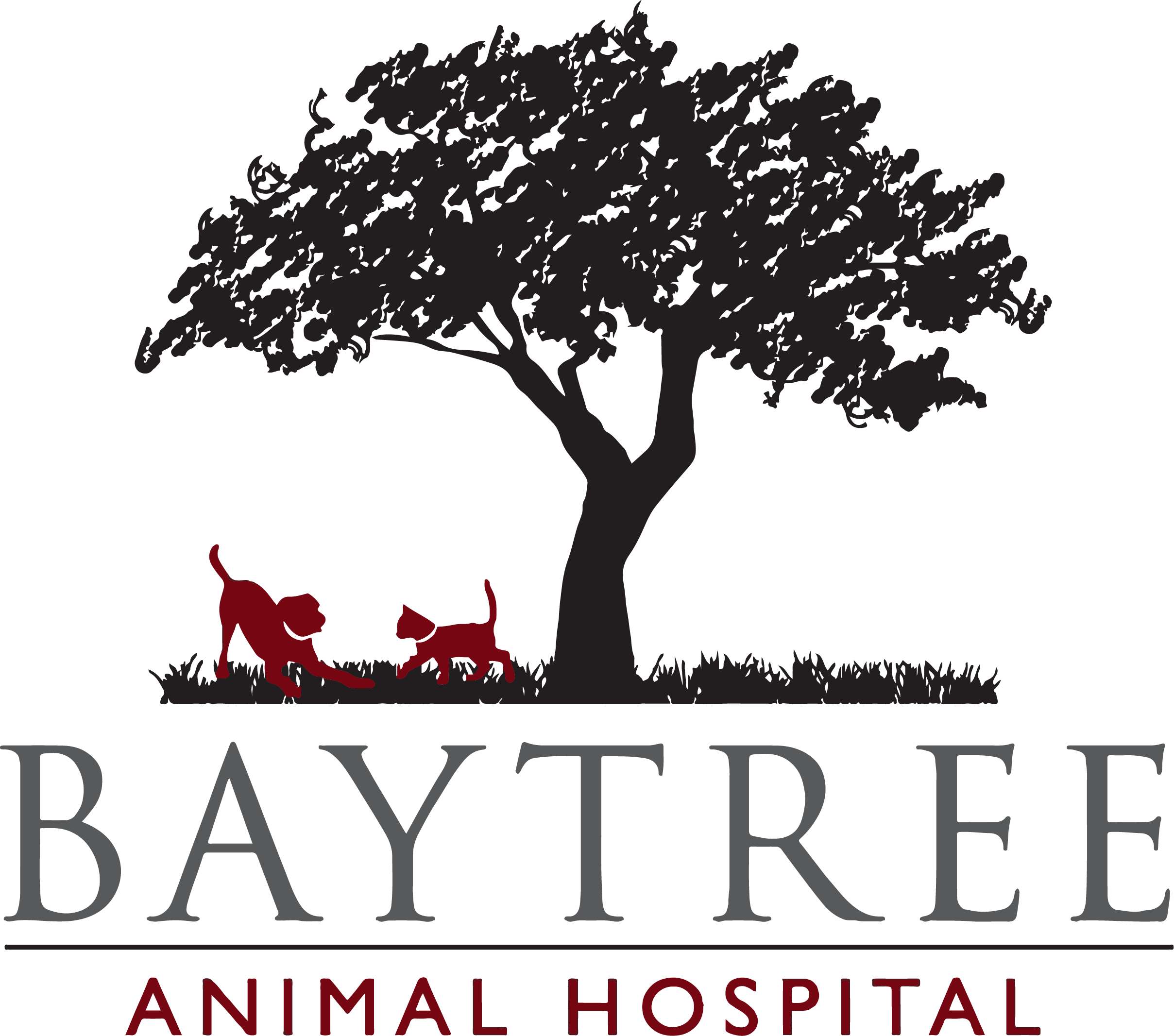Library
-
A chemodectoma is a type of tumor made up of chemoreceptor cells. Chemoreceptor cells detect chemical changes in the body and respond by regulating chemical or physical processes. These tumors are most often seen along one of the carotid arteries and the aorta. Brachycephalic breeds are more predisposed to these types of tumors, though they may occur in any dog breed. These tumors are usually locally aggressive, however, there are rare cases of metastasis to other organs, including the lungs, lymph nodes, and bone.
-
Cherry eye is a common name for a prolapsed third eyelid gland. The gland is mainly responsible for tear production in the eye, and treatment is recommended to prevent long-term damage. Treatment involves surgical replacement of the gland, though some dogs will have a recurrence of the problem.
-
Chinchillas are generally hardy animals but are susceptible to several unique health conditions; understanding them will help you care for your pet and manage potential health problems. This handout describes the most common conditions seen in pet chinchillas.
-
Cholangitis/cholangiohepatitis in cats refers to inflammation of the bile duct or a combination of inflammation of the bile duct, gallbladder, and surrounding liver tissue. The clinical signs, diagnosis, treatments, and prognosis of the conditions are outlined in this handout.
-
Collie Eye Anomaly (CEA) is a genetic mutation affecting many breeds that causes developmental defects in the eye that can lead to vision deficits or blindness. This defect can be diagnosed by a veterinary ophthalmologist between 6 and 8 weeks of age by visualizing spots of choroidal hypoplasia or a colobomas . It can be associated with microphthalmia or enophthalmia. It can lead to retinal detachment and blindness. Although laser repair of partial retinal detachments can be attempted if detected in early stages, there is generally no treatment for CEA. Vision varies depending on the extent of the lesions and some dogs will become blind. Prevention requires not breeding animals that carry the mutation and this can be achieved through genetic testing of breeding dogs.
-
Turtles may be affected by one of the following diseases: metabolic bone disease (MBD), vitamin A deficiency, respiratory diseases, abscesses, shell infections, shell fractures, and parasites. Improper diet, poor water filtration, and lack of UV light are contributing factors for many aquatic turtle diseases. Seek immediate veterinary care if your aquatic turtle shows any deviation from normal.
-
Turtles may be affected by any of the following conditions: metabolic bone disease (MBD), vitamin A deficiency, respiratory infections, abscesses, shell infections and fractures, and parasites. This article outlines typical signs and treatment for these common conditions. Seek immediate veterinary care if there is any deviation from normal in your pet turtle.
-
Ulcerative keratitis is inflammation in the cornea of the eye. The signs of ulcerative keratitis depend somewhat on the cause and how long the condition has been present. There are many potential causes of ulcerative keratitis, including trauma, infection, and abnormal tear production. Antibiotic ointment or drops will be prescribed and it is important to prevent additional trauma to the cornea. Superficial corneal ulcers typically heal within 5 to 7 days. Deeper or more complicated ulcers may take several weeks to heal and may require surgery in addition to medical treatment.
-
The traditional extracapsular lateral suture ECLS technique is the oldest surgical correction for cranial cruciate ligament (CCL) injury in dogs. The name of the procedure originates from the fact that the joint is stabilized outside the joint capsule (externally). CCL repair surgery typically begins with an initial examination of the inside of the knee. Both the traditional ECLS and the Tight Rope® procedures are considered extracapsular or external repairs of CCL injury. Both yield similar results with similarly low risks.
-
One of the most common injuries to the knee in dogs is tearing of the cranial cruciate ligament (CCL). When the cranial cruciate ligament is torn, surgical stabilization of the knee joint is often required. The development of tibial plateau leveling osteotomy or TPLO was a major advancement in the treatment of CCL rupture. Healing from TPLO surgery is generally rapid, with the dog resuming normal activities quickly.

